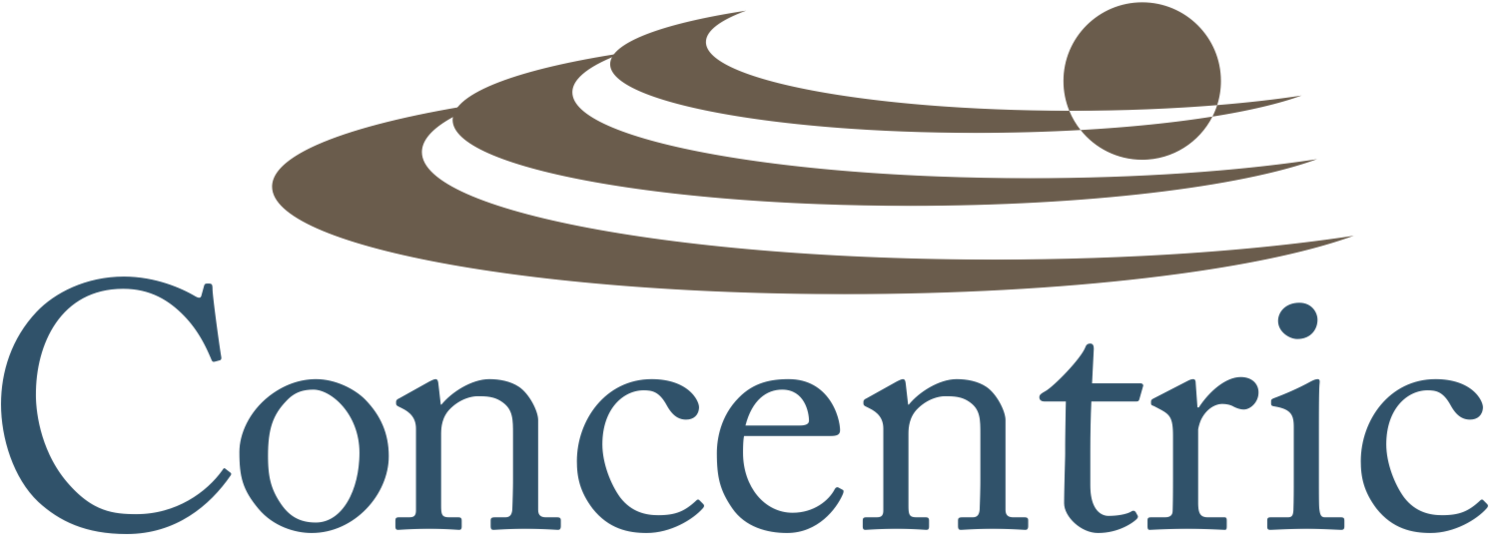9 Steps to Standardized Work
Standards and visual communication are all around us, but missing in critical areas such as healthcare. Why?
Standardized work is a method of documenting and optimizing work processes to improve efficiency and quality. It involves creating detailed documentation of each step in a process, including the sequence of tasks, the time required for each task, the tools and materials needed, and any quality checkpoints or safety measures.
The goal of standardized work is to establish a clear and consistent process that can be followed by anyone who performs the work, reducing variation in output and improving quality. It also enables continuous improvement, as deviations from the standard can be identified and addressed.
A Swimlane diagram is an example of standardized work shown in the illustration above.
Standardized work is commonly used in manufacturing, where it is a key component of the Toyota Production System (TPS) and Lean manufacturing principles. However, it can also be applied to other industries, such as healthcare, service industries, and office work.
We first addressed standardized work in a blog written back in 2015 in the context of lean healthcare.
Here are some tips on capturing best practices and documented these work steps as standardized work:
WHY this is important: Start with “the why”. Why is it important to create standardized work for the process at hand? What has gone wrong, or could go wrong, due to miscommunication, poor assumptions or process variation. Tie “the why” to something that the team knows about. Stories and emotional connections are really important before jumping into “the what”.
STUDY the current best practice: Pick a procedure that you believe represents the best within your organization. This might include the surgeons, nursing staff, technicians, tools and facilities. What are the key differences between the best practice and the others? Study not only the best practices but why variation is key element for the team.
DOCUMENT each process step in a flowchart or Swimlane diagram: What are the key steps? What are the primary roles, responsibilities and constraints for each team member? Where are there pause points for decisions to be made?
PLAN for the unexpected: What is the contingency plan if something does not go as planned? What is the back-up plan and escalation process? Have you tested these alternative plans to ensure you will be prepared?
REVIEW the documentation: Take the documentation that has been created and review it together as a team. We have found that projecting a standard work document creates a situation that challenges the entire team to poke holes in it and highlight changes needed.
STANDARDIZE the work: Create a standard checklist, SOP, job instruction or other document that captures the key steps, pause points, decisions, back-up plans and roles. Ensure that the those who are using this standard can understand it (i.e. legible, accessible, in a language they understand, etc.).
TRAIN the team: Train all users on their respective work tasks. Pay particular attention to work steps where decisions are made and where work is transferred from one role to another. Most mistakes happen during handoff steps. Ensure the training is effective by observing the trainee’s understanding and consistent work output.
POST the new document: Don’t hide a document on a shared network drive. It won’t get used. Make sure the standardized work document(s) is/are available at the point of use. Standard work is a tool that should be treated like any other piece of equipment or valued facilities. You do not want, “out of sight, out of mind.”
CHECK the process: Audit the process to ensure all team members are consistently following the document. Checking the document also presents an opportunity for improvement, highlighting new risks and other needs that may change as the organization and it’s process mature.



